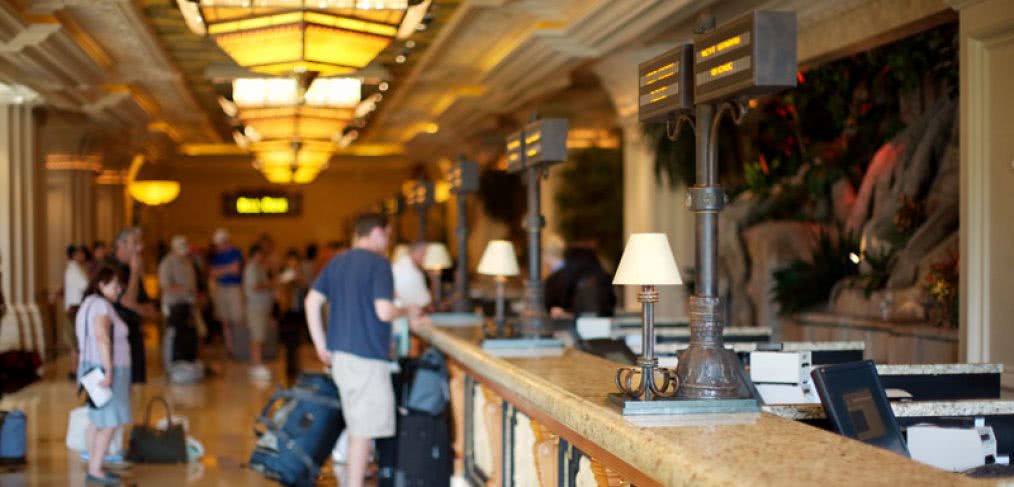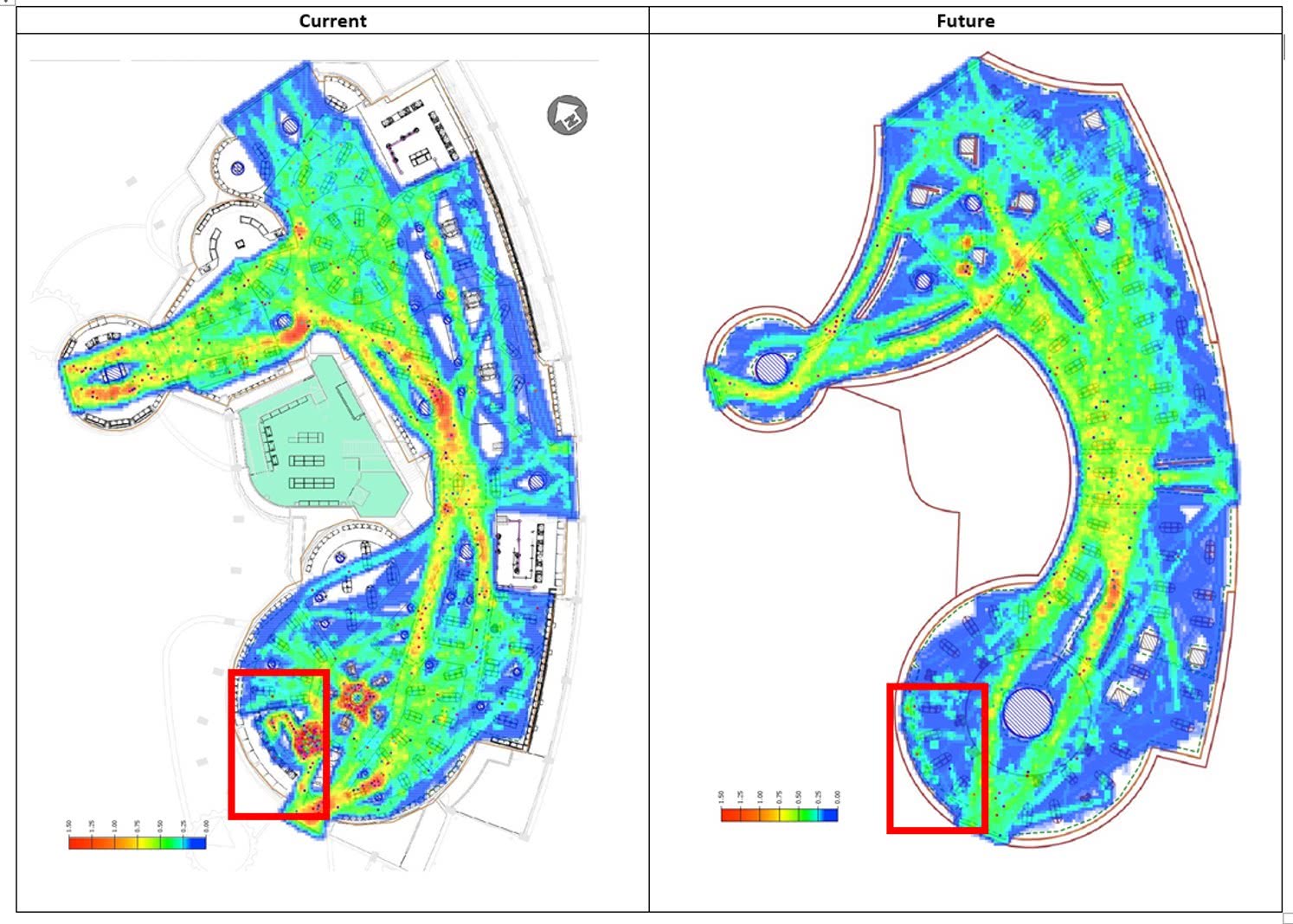
Guest Experience: The Math Behind the Magic
This is the third in a series of exploratory posts by some of CallisonRTKL’s resident design experts on how design impacts the guest experience—from hotels to workplaces, retail stores, hospitals and everywhere in between—and the common elements and strategies we leverage to create spaces that are people-centric, experiential and memorable.
When it comes to creating great guest experiences, the hospitality industry is, of course, the gold standard. Clients in other industries and sectors often adopt the hotelier’s jargon in their efforts to provide tailored services, referring to “concierge experiences” and elevating their customers to the level of “guests.” At the end of the day, what they’re really after is a level of personal service made possible by knowing and anticipating a person’s needs.
The hospitality industry isn’t short on information about their customer: data on everything from repeat visits, spending patterns and loyalty program information to feedback via social media channels provide powerful insight. But the challenge is in interpreting that data and applying it in actionable ways, particularly in resource-constrained environments.
So how can we use data to inform design and create the ultimate guest experience? Read on:
OPTIMAL USAGE
UX and web designers benefit from the ability to leverage web traffic and app usage data to better understand how users engage with their work. Architects and interior designers haven’t had that advantage—at least, not until recently. Here at CallisonRTKL, we use a combination of customer experience (CX) observations (everything from dwell time to observed emotional cues) and automated, quantitative accounts of footfall and dollars spent to arrive at insightful analytics, resulting in better, higher-performing designs.

Heat maps detail the before and after of a project; the latter demonstrates more efficient space usage and less congestion. The red box outlines an area where queues and crowding were eliminated entirely.
All this data feeds into simulation models where the flow of customers, from the point of entry through to check-in and check-out processes and on to adjacent spaces, is illustrated with color-coded heat maps, giving us a detailed look at how a space performs. Preliminary design solutions are tested against these models so that we can be sure the results point to improved flow, reduced queues and easier wayfinding. Like any good design thinking, it requires rapid iteration to arrive at the pitch-perfect result—but it is undeniably worth the sweat equity that goes into it.
A LIGHTER TOUCH
It’s a little bit ironic that the data-driven process aimed at personalizing design seems so, well, impersonal. But it’s the next steps—those actionable items we mentioned earlier—that ensure this power is used for good and not evil. For example, we can probably all agree that we’re sick of online advertising; fortunately, the very technology that made it possible is also allowing us to block out a lot of the noise. But brands that leverage data to facilitate a two-way conversation with guests—helping them explore new places or products or simplifying their business travel, for example—can make meaningful connections. Ace Hotel exemplifies this approach in their efforts to become a cultural curator, producing content and hosting local events aimed squarely at their customer base—much more exciting than a nightly rate discount.
LET’S GET PHYGITAL
Personalizing the guest experience will go far beyond “smoking or non” and eliminating check-out, and we’ll use tech to do it. Online retailers continue to blaze the trail, and others will soon catch up. For hotels, tactics like one-touch booking and simplified access to amenities with the help of RFID are streamlining the experience and providing better analytics in the process. But there is potential to go much deeper, particularly when it comes to the physical experience and guest comfort; the ability to seamlessly control lighting, temperature, music and even food and beverage service in alignment with personal preference allows a level of refinement not possible before. And while there are pros and cons to be considered when it comes to the digital concierge, these smart, automated assistants can subtly anticipate guest needs and even speak to them in their native language.
PRE-EMPT ME
Many industries can provide real-time customer service by leveraging social listening and responding to the voice of consumer data. For example, while airlines have certainly committed their share of customer service faux pas, some have the technological capability to intercept a disgruntled customer even before they board or land, providing the opportunity to right a wrong, right there at the gate. Other businesses could most certainly benefit from this type of cross-channel communication that helps diffuse problems before they become deal-breakers for the guest.
Each of these strategies shows high potential not only for driving profit for the owner or operator, but for creating a more pleasant experience for the guest. None pits cost savings against quality; instead, they optimize the environment while streamlining operations, allowing the guest experience to get back to what it really should be about—personalized, meaningful service and connection.
